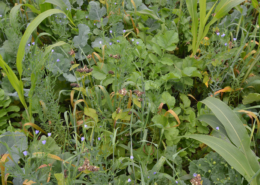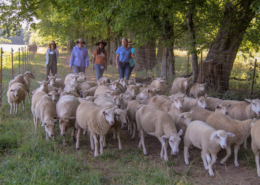Grazing
Livestock grazing is an important management practice on agricultural lands in the U.S. While grazing provides essential nutrients for livestock, it also contributes to nutrient cycling that builds healthy pasture soils. To increase soil tilth, graziers must manage their livestock to prevent overgrazing.
Three key principles apply here: grazing period (animals should not remain on pastures long enough to cause plant decline), recovery period (pastures need adequate rest after grazing to allow plants to fully recover before the next grazing period), and residual (leaving enough plant residue after grazing to allow for the plant to fully regrow and to provide adequate soil cover).
Managed grazing, i.e., following these three basic principles, fosters ecosystem integrity and resiliency and ensures optimum forage growth to maintain livestock productivity. These principles and more are discussed extensively here in the ATTRA grazing section.
Related Topics
Staff Expert

Lee Rinehart
ATTRA - Sustainable Agriculture

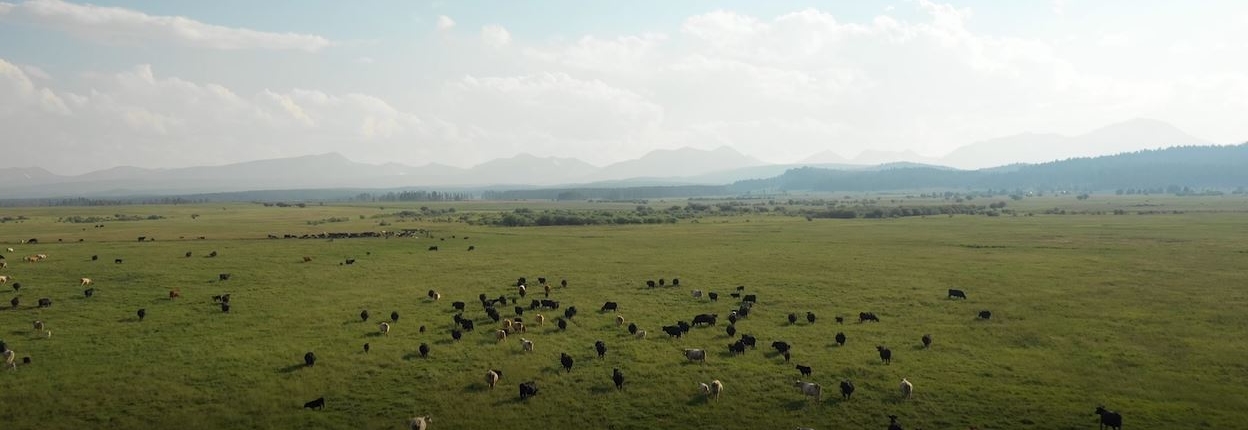

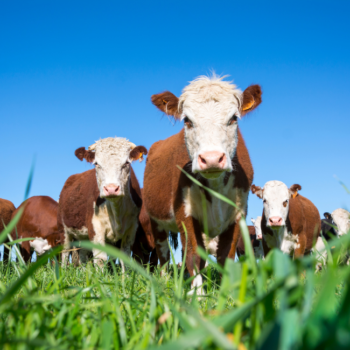
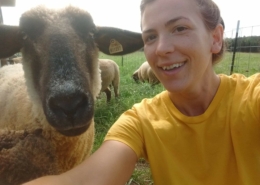
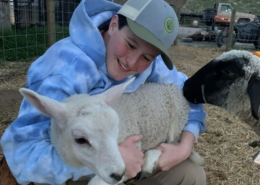
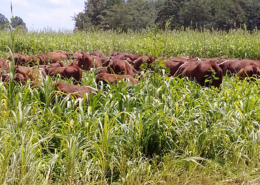




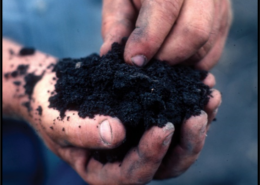
 Jean Ogdon/ Creative Commons
Jean Ogdon/ Creative Commons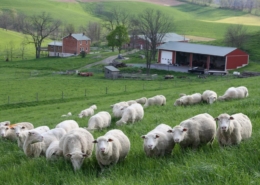 Courtesy Kathy Solder
Courtesy Kathy Solder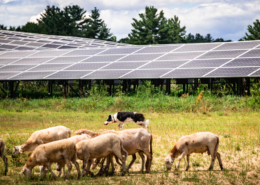
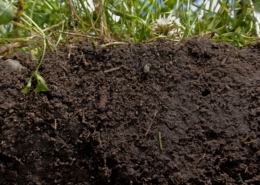 USDA NRCS
USDA NRCS